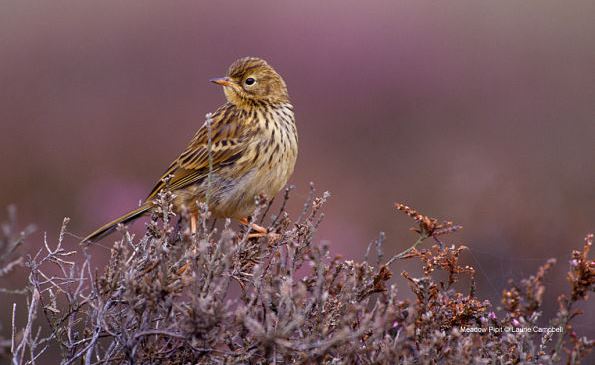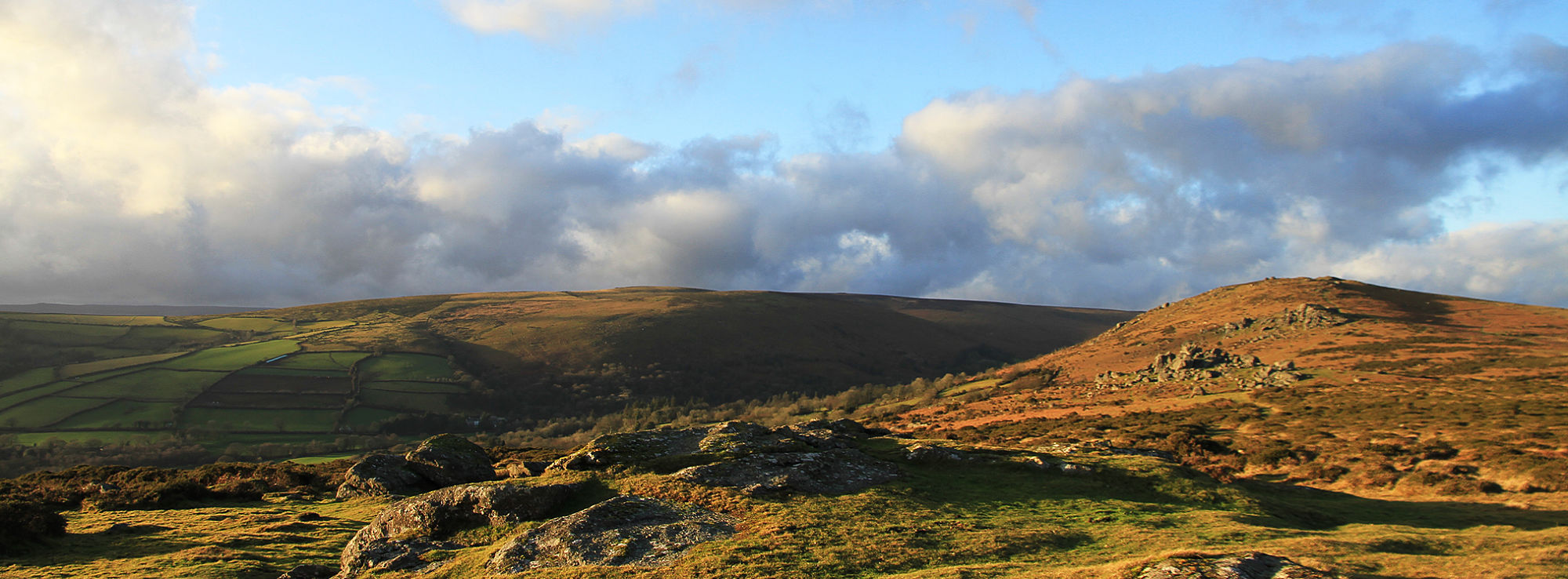Moorland Birds: their history and future

Meadow Pipit
This project aims to protect and celebrate Dartmoor’s special moorland birds. Many of our British upland birds are under threat, facing population declines and loss of habitat.
Through this project we will learn more about the moorland birds on Dartmoor, their populations, their habitat, and what can be done to ensure their future on Dartmoor. We will celebrate moorland birds, and share the story of their lives and history on Dartmoor.
The project’s original focus was to be on the red-backed shrike. This rare and unique bird bred on Dartmoor in the two years prior to the start of this project, after nearly twenty years of absence from the British countryside. Sadly, it has not returned to the Moor since the start of the Scheme, so the focus has shifted to encompass other key moorland species such as the Curlew, Ring Ouzel, Dartford Warbler, Meadow Pipit, Snipe and Whinchat. In 2016 Moor than meets the eye supported a moorland breeding bird survey that was undertaken by the RSPB with the help of specialist volunteers. Additionally in 2015/6, as part of the Scheme, the RSPB held five public events and also attended the Dartmoor Festival of Wildlife at Yarner Wood. The Moorlands Birds project will protect, conserve and interpret key species on Dartmoor by:- Completing the analysis of the moorland birds breeding survey and sharing this important data with partner organisations, farmers, landowners and the local communities
- Appointing a special land-advisor whose work will be informed by the results of the survey. This role will work in co-ordination with other moorland bird initiatives and organisations to help farmers and land-owners develop best agri-environmental practices for important habitats
- Continuing to working with the public through walks and talks to the local community and offering training events for local volunteers and volunteer rangers
- Sharing the historical, cultural and conservation stories of the moorland birds with visitors and the local community through interpretation at Haytor Visitor Centre
Want to know more?
Speak to Fiona Freshney, Moorland Birds Adviser, RSPB
Tel: 01392 432691
Email: fiona.freshney@rspb.org.uk





